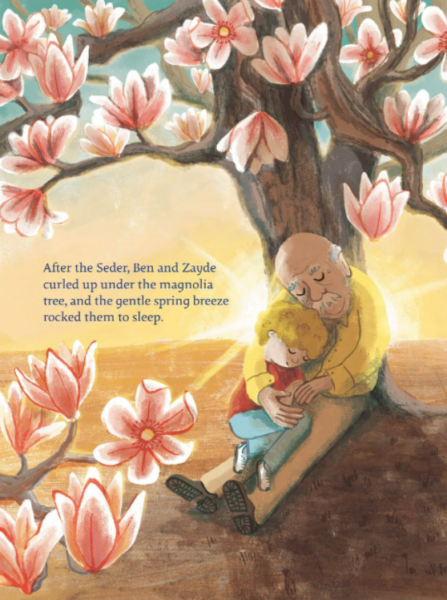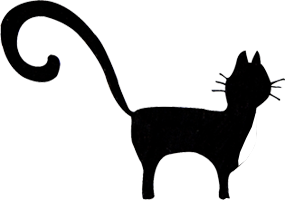When I was very young, one of my favorite television programs was The Magic Garden, a delightful, low-budget, subtly psychedelic, locally aired show that featured adorably pig-tailed songstresses, Carol and Paula, singing, dancing, and playing make-believe in the titular Magic Garden. The garden offered a treasure chest of dress-up clothes (The Story Box), giggling flowers who told corny jokes (the Chuckle Patch), and, at its center, the Magic Tree. Each episode, the tree would suddenly play a mystical windchime-y tune, and a gift bag would slowly descend from its branches.
And let me tell you, it was thrilling.
What was in the bag was almost irrelevant, although it could be anything from a babushka to a sock puppet to a glockenspiel—some kind of prop to add to the imaginative play in the garden. But really, it was more the idea that trees provide and delight and surprise. That trees were, are, in fact, magical.
I’d already realized this of course, as an avid young climber of trees—starting with the small pink-petaled magnolia in front of my house, then gradually moving to the larger, branchy crabapple tree, and finally reaching mid-height (as far as I was allowed) into the giant oak that bordered my grandparent’s yard, from which one of its branches still dangled a charming old tire swing. I’d linger in my perch, surveying the land, the fragrant spring breeze grazing my cheek. That no enchanted gift bags appeared bearing roller skates or maracas seemed beside the point. I had all the magic I needed, sheltered within the majestic leaves.

Crabapple tree and Me
The festival of Tu B’Shevat specifically honors fruit trees, and the crown jewel in my grandmother’s garden was an actual Royal Anne cherry tree, whose misshapen, red-yellow fruits looked nothing like the perfect crimson orbs from the grocery store, yet were infinitely sweeter. Its huge bounty left plenty for Grandma’s homemade cherry borscht, a rare and treasured family delicacy. Until I was an adult, I had no idea the original was made with beets.
I imagined and created whole worlds in those trees—alone and with my friends—nascent seeds much like the ones nestled into the earth long ago that gave rise to those gentle giants, stretching, growing, blossoming into stories I’d later write.
Magic.
In every possible way, trees sustain us. Nourish us. Shelter us. Literally, breathe life into us.

UNTIL THE BLUEBERRIES GROW, by Jennifer Wolf Kam, illus. by Sally Walker, Published by PJ Library
It’s been a long and devastating few months by anyone’s measure, yet Tu B’Shevat is about renewal. Beginnings. Possibility. Hope. And fruitfulness. Even when it feels as though none of that exists.
How do we move forward when the world feels as though it’s on its head? How do we breathe deeply when we’re in a continuous state of bearing witness? Like trees, we start as tiny seeds of life, and grow and change, passing through the seasons. As we evolve, we offer life the fruits of our efforts. Perhaps, too, we search for new seeds—of inspiration, to heal, or again, to start fresh, planting dreams and possibilities.
Unlike trees, we have the ability and opportunity to engage with the world in an active way—to dig our hands into the proverbial and literal earth and build, create, and nurture. To alter our landscape through bold ideas, empathy, and compassion.
So here’s to the New Year of the trees, and Chag sameach. Plant a tree if you can—or just enjoy one nearby and take a moment to exhale. After all, there is much work ahead.
If you’re lucky enough to find it, enjoy some cherry borscht on me.
And may all your efforts bear fruit.
Cue windchimes
For all things Tu B’Shevat, visit PJ Library’s hub.



To renewal!!!
Indeed!
Brings back wonderful memories of my childhood and the fruit trees in our backyard. Beautiful.
Beautiful read. Chag Sameach!
Thanks so much! Chag sameach!
Jen, you are such an incredible writer. I’m always so impressed with your attention to details which makes your stories incredible!
This was such a beautiful story and timely. Thank you for sharing this with us.
Jen– I love this post. Its cherry sweet nostalgia bears fruit of tomorrow with a stop in the present. Very soothing. Hugs